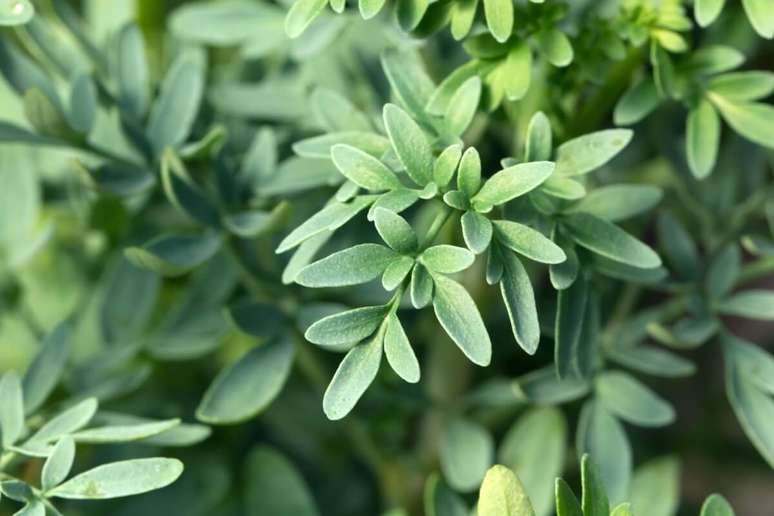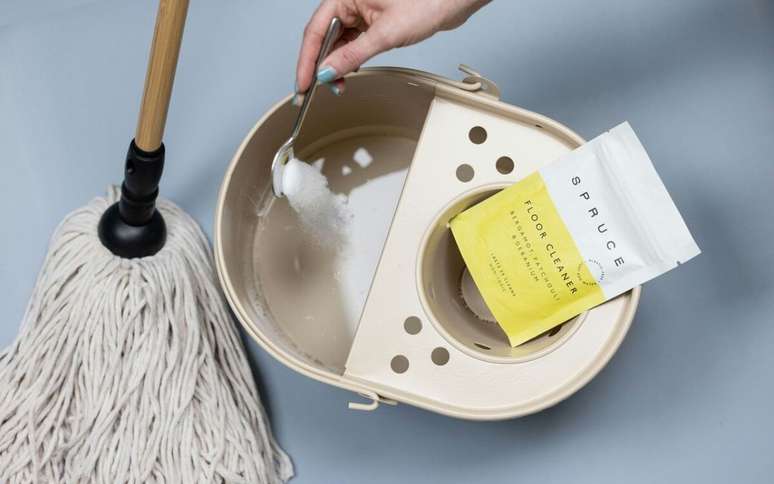Learn how to repot an orchid and keep the flowers fresh with this simple guide.
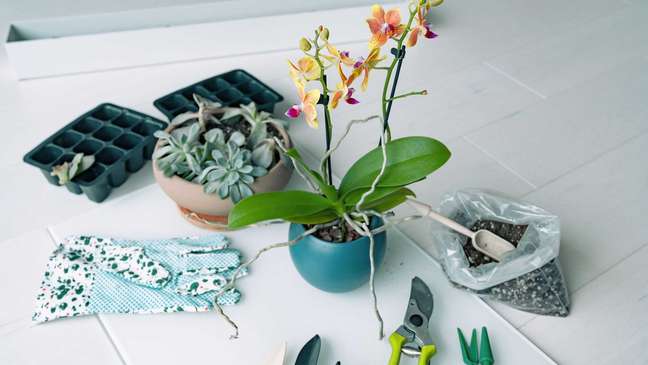
It is worth knowing how to replant an orchid. Although many orchid species flower best when placed in pots, there comes a point where they are pure Lack of space growing begins to affect the overall health of the plant.
At this point, you have the option of moving it to a larger pot or dividing the mother plant.
Orchids have their own specific needs when it comes to repotting. We are talking about trimming, dividing and repositioning.
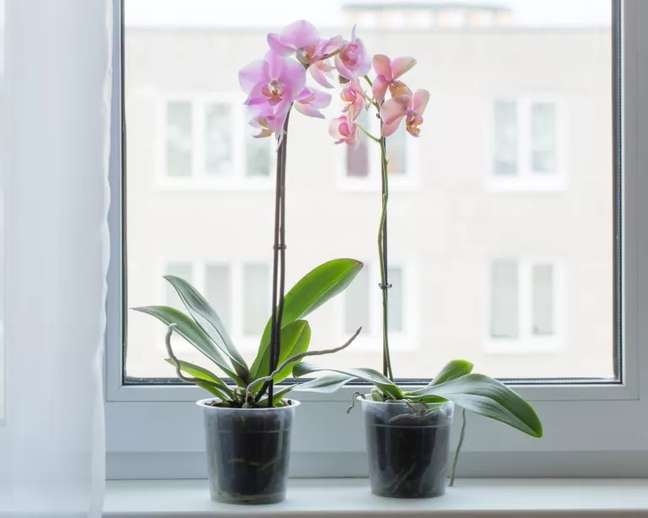
But don’t worry if it sounds complicated as we’ve broken the process down into a few simple steps so it’s easy to follow. You will be an expert in this key part of orchid care in no time.
Make sure your orchid remains one of your best indoor plants by following this simple replanting guide.
1. Wet for easy extraction
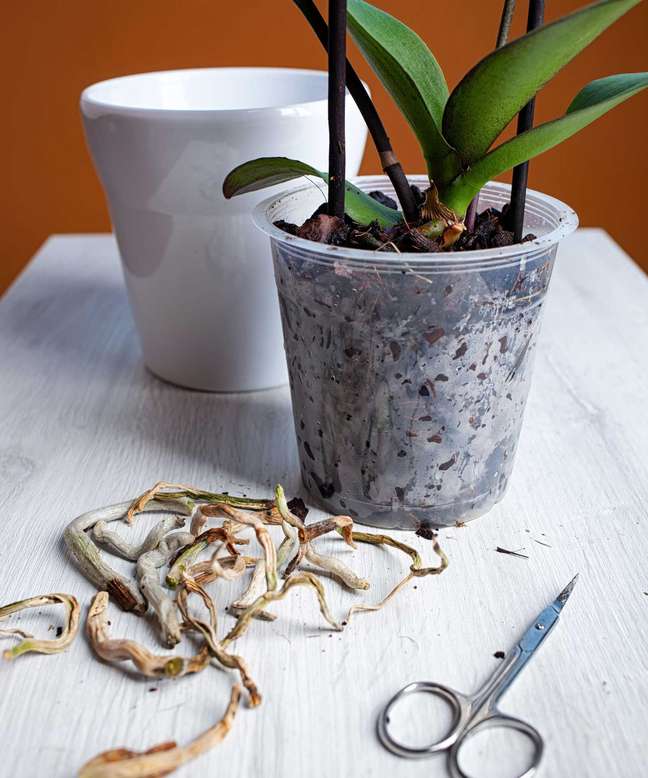
Water the plant well before you begin repotting or dividing to facilitate removal from the pot and help loosen the compost. If any roots are attached to the container, separate them by gently sliding a sterilized knife inside.
Wash away as much of the old growing medium as possible, as it will deteriorate over time.
Examine roots and cut dead or decaying ones, as well as carefully remove dead leaves, making sure you don’t damage living tissue.
2. Divide the roots to divide
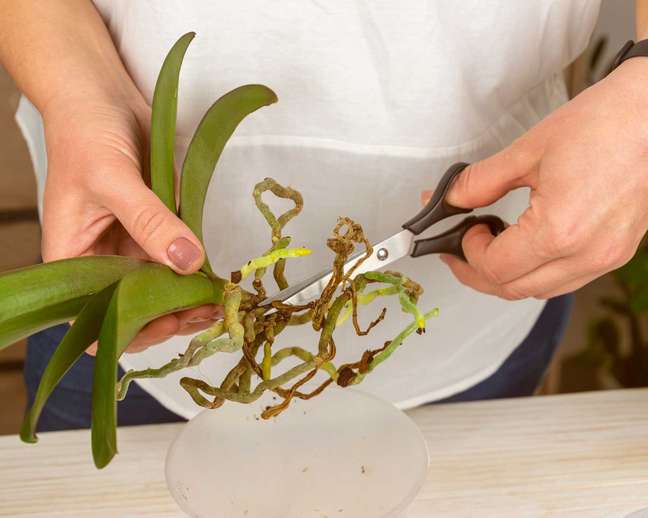
Look for logical points to divide the plan into as many parts as you want. There is no need to separate each seedling – you can leave a larger clump to continue growing and flowering as the little ones develop. In fact, they survive best when you keep at least three young seedlings together.
You should be able to do most of this by hand, but if you need to use a knife or pruning shears, make sure they are clean.
It discards all parts that are obviously dead or dying, but the enlarged “pseudobulb” at the base of the leaves generates food and stores water and survives even without leaves attached.
3. Replanting
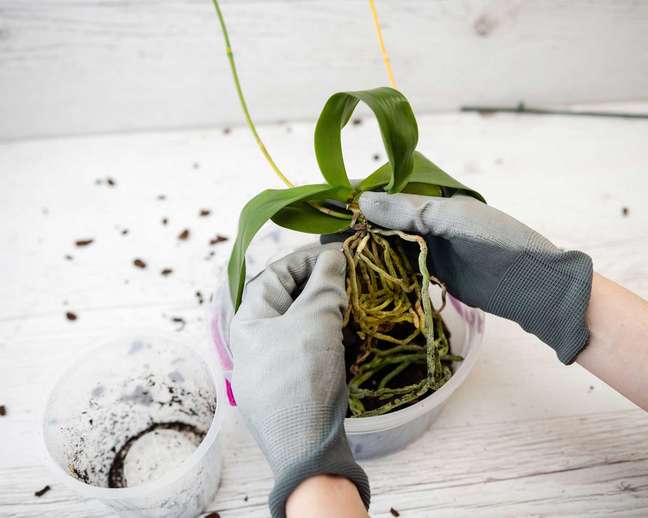
For best results when repotting an orchid, be sure to choose soil similar to the old one and place the oldest pseudobulb outside the pot, with the newest in the center so that you have maximum room for growth. . Keep the rhizome level with or just below the surface.
Flowercard’s Liam Lapping suggests pushing the compost mixture with your fingers close to the roots. Keep adding the mixture until it is on top of the pot, before staking your orchid to make sure it has additional support as it begins to grow back.
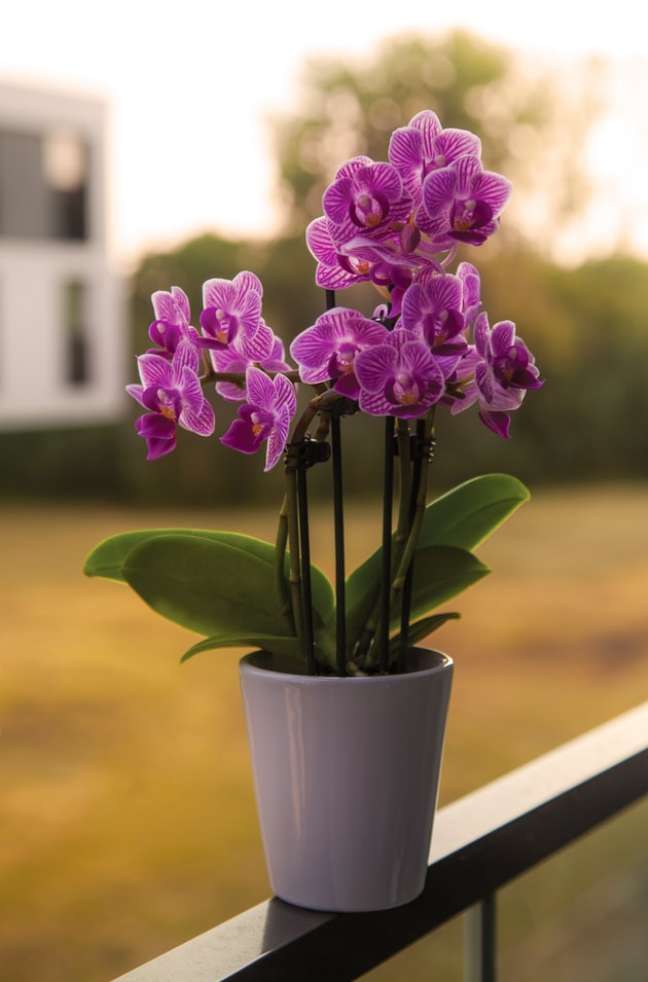
Do not repot into larger pots than necessary or you risk losing young plants due to over-watering. Just leave room for about two years of growth after potting.
Keep in mind that yellowing orchid leaves can also be a major sign of over watering.
4. Irrigation
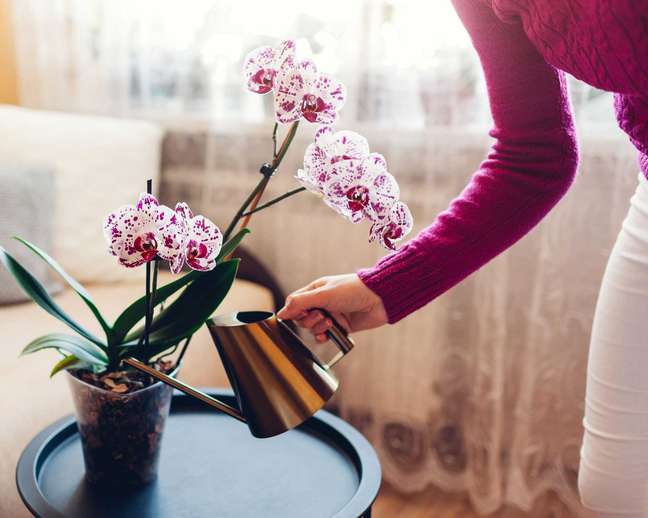
Once replanted, gently watering the plants with rainwater or cooled boiled water will help settle them in the new compost.
Lapping explains that it will take a week or two for a transplanted plant to establish itself, so check the compost to make sure it hasn’t dried out.
And this is all! Pick the perfect spot in your indoor garden for your transplanted orchid and enjoy watching it grow.
when to replant
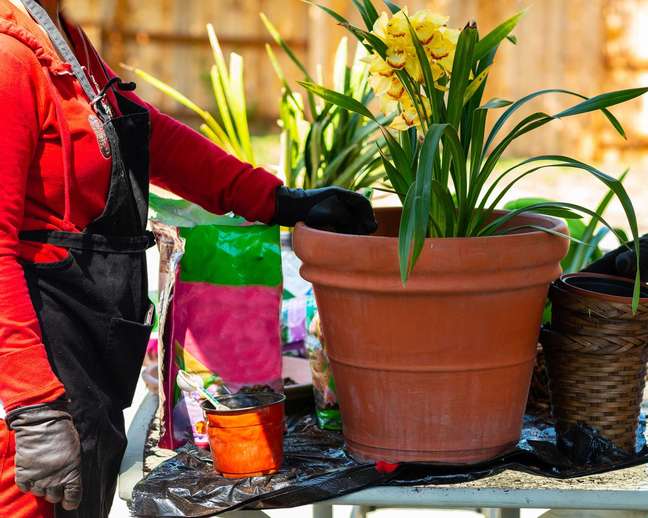
The best time to repot or divide your orchid is right after flowering, when all the flowers have wilted. Many orchids produce a burst of new growth at this stage and will benefit from fresh compost and a general health check.
Doing this when the flowers are in bloom is a common mistake for houseplants as it can stress them out and the buds are likely to fall out unopened.
Although they make great bathroom or kitchen plants, all orchids are prone to fungal rot and viruses, so handle them carefully and work with clean hands, tools, and pots.
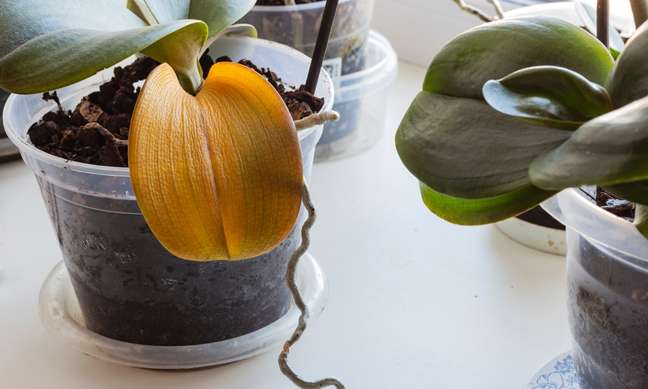
According to Liam Lapping, you should repot every two to three years to keep your orchid healthy and ensure its growth. “The ideal time to replant an orchid is after the end of the flowering cycle and a good reference is when the roots start to come out of the pot,” he adds.
What is the best soil for replanting orchids?
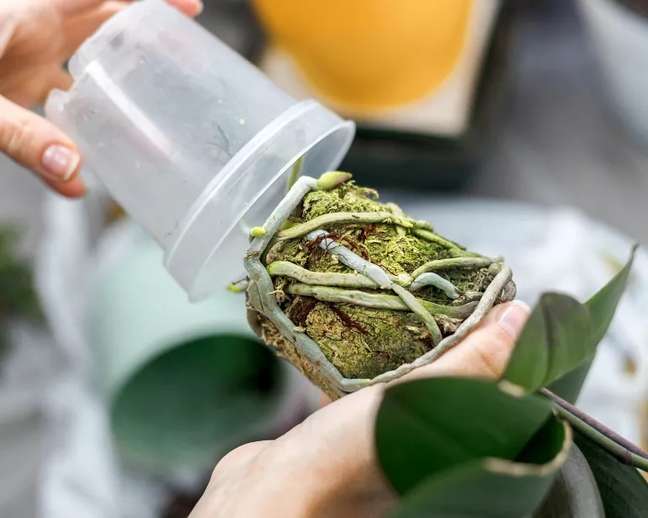
When repotting your plant, always use a bark-based orchid compost – never clay-based or all-purpose standard as this will kill your orchid.
* Via gardening etc.
Source: Terra
Benjamin Smith is a fashion journalist and author at Gossipify, known for his coverage of the latest fashion trends and industry insights. He writes about clothing, shoes, accessories, and runway shows, providing in-depth analysis and unique perspectives. He’s respected for his ability to spot emerging designers and trends, and for providing practical fashion advice to readers.

